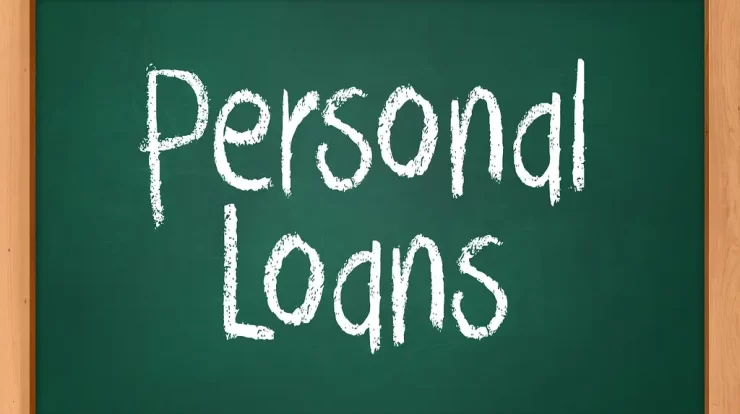
Are you considering starting a new career as an accountant?
If so, one of the biggest challenges you’ll have to tackle is how to do a balance sheet. This is a spreadsheet that keeps track of your personal or company’s cash flow.
It’s a crucial aspect of business accounting so you’ll have to expect that all your clients will ask you how to read a balance sheet. This short guide will show you how to use a balance sheet as an accountant.
Here’s what you need to know:
Assets
In this section of the balance sheet, you’ll keep track of your accounts receivable. You’ll keep a list of all your or your company’s assets and list the corresponding quantity.
Assets can include the following:
- Monies
- Cash, bank balance, cryptocurrency, bullion
- Physical property
- Digital property
Keeping track of assets give you an idea of how much cash flow your company has. It also gives you an idea of what assets you own that you can liquidate for cash.
This is crucial for assessing the company’s financial health. It ensures that the business owner knows whether they can keep their company afloat at all times.
You should update your client’s assets at least once per week. This gives them an idea of whether their company’s financial health is trending upward, downward, or remains stagnant.
One overlooked aspect of calculating assets is calculating purchasing power. This is crucial if your client owns different types of monies. You should provide them with a calculation of the USD amount of their other currencies.
For example, you should provide them with updates on the USD value of their cryptocurrency and bullion.
Liabilities
This is a portion of the balance sheet that lists any monies that the business owes. It is crucial to assess the actual value of the business. A common balance sheet error is that liabilities aren’t always listed correctly.
Your liabilities should include regular expenses for your business. This can include rent, wages, taxes, etc.
It should also include debts that your business owes. This is often overlooked but is crucial to assessing the overall value of your business. If you have $1,000,000 in cash but have to pay $400,000 in taxes, then your company’s net worth is only $600,000.
It’s important to also calculate your total value of liabilities as well as the average cost of monthly liabilities. This will give your client an idea of how much cash they’ll have to earn to keep up with expenses.
That’s How to Do a Balance Sheet
Now you know how to do a balance sheet and can prepare one for yourself and your clients.
You have to create a tab that includes your client’s assets. These are all properties owned by your client. It’s crucial for assessing their financial health and trajectory.
Liabilities are monies that are currently owned as well as future debts. This offers an accurate prediction for calculating your client’s overall assets. Make sure you never forget to include all liabilities as this is one of the most common accounting errors. You can find more accounting tips on our blog!






